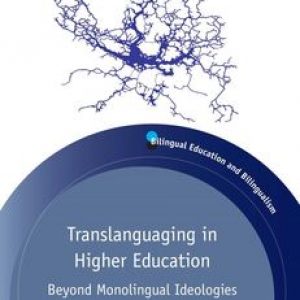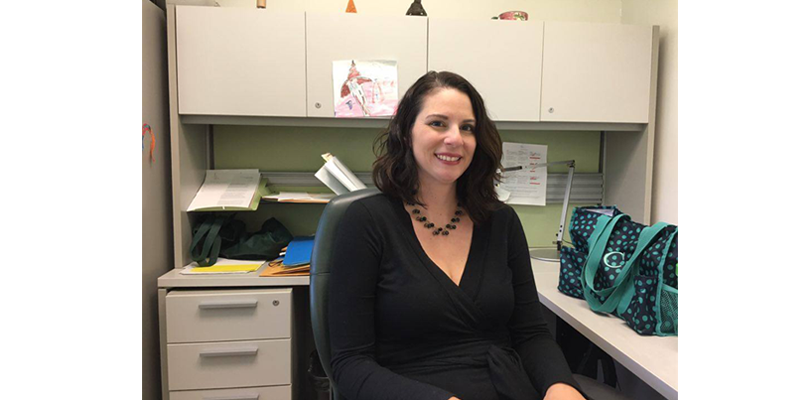What if a teacher gives a class using multiple linguistic and non-linguistic features, cambiando simultáneamente de un idioma a otro in order to optimize communication? That’s called Translanguaging, a practice employed today by some teachers and professors in their classrooms by shifting between a language to any other. In Puerto Rico’s case, translanguaging can be found on a daily basis at University of Puerto Rico, Recinto Universitario de Mayagüez.
Around five years ago, Dr. Catherine Mazak became interested in code switching and started a study with a USDA grant. The project consisted on investigating the role of English in agriculture majors in Colegio and how they could improve their English. Dr. Mazak and her group of student researchers noticed that in different classrooms a lot of the texts and PowerPoints, were in English, while the professors offered their class in Spanish with some keywords in English. This phenomenon is called translanguaging.
Finding texts documenting suc h linguistic phenomenon in higher education spaces is a difficult task, but Dr. Catherine Mazak and Dr. Kevin Carroll are adding their research and data to the table. Their new book Translanguaging in Higher Education: Beyond Monolingual Ideologies (Multilingual Matters, November 2015) documents different contexts of higher education spaces around the world where translanguaging predominates.
h linguistic phenomenon in higher education spaces is a difficult task, but Dr. Catherine Mazak and Dr. Kevin Carroll are adding their research and data to the table. Their new book Translanguaging in Higher Education: Beyond Monolingual Ideologies (Multilingual Matters, November 2015) documents different contexts of higher education spaces around the world where translanguaging predominates.
Dr. Mazak wants to say with her book that “most people in the world are bilingual or multilingual, and the way they approach learning content happens bilingually and multilingually.” This is why there is a tendency to start a sentence in English y terminarla en otro idioma como suele pasar con el español. “Languages overlap and while you speak in one, the other one activates,” she explains.
Translanguaging in Higher Education: Beyond Monolingual Ideologies includes nine international case studies with examples divided into chapters. Through the information provided, readers can see how people think about language, what they do with it, and how they are translanguaging to learn content. However, Mazak also wants to reach a wider audience and show that “translanguaging can be great and it opens up more possibilities and tools for teachers to use.”
Para más información about Dr. Mazak’s book click on this link.
Interested? Here is the book’s table of contents and introduction:
Translanguaging in Higher Education: Beyond Monolingual Ideologies

